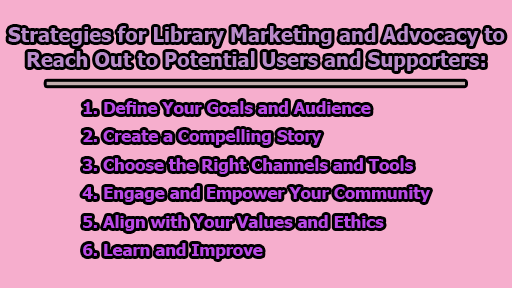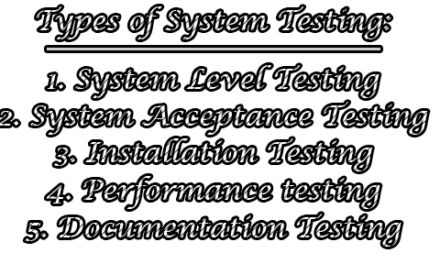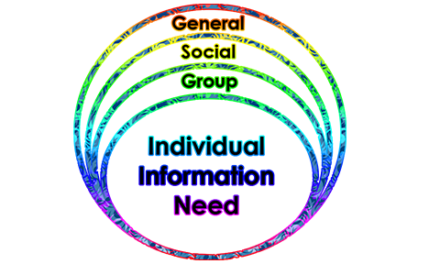Strategies for Library Marketing and Advocacy to Reach Out to Potential Users and Supporters:
Libraries serve as vital pillars of learning, culture, and community within our society. Beyond their traditional role as book repositories, libraries offer a diverse range of services and programs to enrich the lives of their communities. However, attracting new audiences who may not yet comprehend the full extent of these services remains a challenge. In this article, we will explore strategies for library marketing and advocacy to reach out to potential users and supporters, emphasizing the importance of defining goals and audiences, creating compelling stories, selecting effective communication channels, engaging the community, aligning with values and ethics, and continuous learning and improvement.

1. Define Your Goals and Audience: The first step in expanding your library’s reach is to clearly define your goals and target audience. Do you aim to increase membership, boost attendance at events, encourage donations, or raise awareness? Furthermore, it’s crucial to identify the specific demographics you wish to appeal to, whether it’s young adults, seniors, immigrants, families, or any other group. Additionally, you may want to focus on promoting a particular service, program, or collection. By understanding your objectives and your audience, you can tailor your marketing and advocacy strategies accordingly.
2. Create a Compelling Story: Humans are wired to respond to stories. A well-crafted narrative can convey the impact, relevance, and emotion of your library services, setting your institution apart. To create a compelling story, consider the following questions:
- What challenges does your library help to overcome?
- How does your library make a difference in the lives of individuals and communities?
- Can you provide examples or testimonials that demonstrate your library’s value and benefits?
- How can you inspire people to join or support your library’s mission and vision?
3. Choose the Right Channels and Tools: There is a wide array of communication channels and tools at your disposal, both online and offline, to share your library’s story. You must select the ones that align best with your goals, audience, and budget. Examples include social media, newsletters, blogs, podcasts, videos, flyers, posters, brochures, bookmarks, press releases, media interviews, events, webinars, surveys, contests, and partnerships. The frequency, timing, and tone of your communication are also key factors to consider. Additionally, feedback and evaluation methods should be in place to assess the impact of your efforts.
4. Engage and Empower Your Community: Your library’s community is an invaluable asset for marketing and advocacy. They are the ones who utilize, appreciate, and support your services. They can also serve as advocates for your library’s needs and interests. To effectively engage and empower your community, consider the following: listen to their feedback and suggestions, involve them in your planning and decision-making, recognize and reward their contributions, encourage and facilitate their participation and collaboration, and inspire and equip them to become your library’s ambassadors and champions.
5. Align with Your Values and Ethics: Librarians have a duty to uphold the values and ethics of their profession and their institutions. These include respect for diversity, inclusion, and equity; a commitment to intellectual freedom, privacy, and confidentiality; promotion of literacy, learning, and culture; and adherence to quality standards and best practices. Your marketing and advocacy efforts should consistently reflect and reinforce these values and ethics, as well as the goals and policies of your library and its stakeholders.
6. Learn and Improve: Marketing and advocacy are continuous processes that require ongoing learning and improvement. Regularly monitor and measure the outcomes of your campaigns using both quantitative and qualitative data. Analyze the results, identifying strengths and weaknesses, and make necessary adjustments and improvements. Seek feedback, ideas, and experiences from colleagues, peers, and mentors. Learn from their successes and challenges to enhance your library’s marketing and advocacy efforts continually.
In conclusion, expanding your library’s reach and attracting new audiences requires a strategic approach to marketing and advocacy. By clearly defining goals and audiences, creating compelling stories, selecting the right communication channels, engaging the community, aligning with values and ethics, and committing to continuous learning and improvement, libraries can showcase the value and diversity of their services to a wider audience. Through these efforts, libraries can remain vibrant hubs of learning, culture, and community in an ever-evolving digital age.

Library Lecturer at Nurul Amin Degree College









